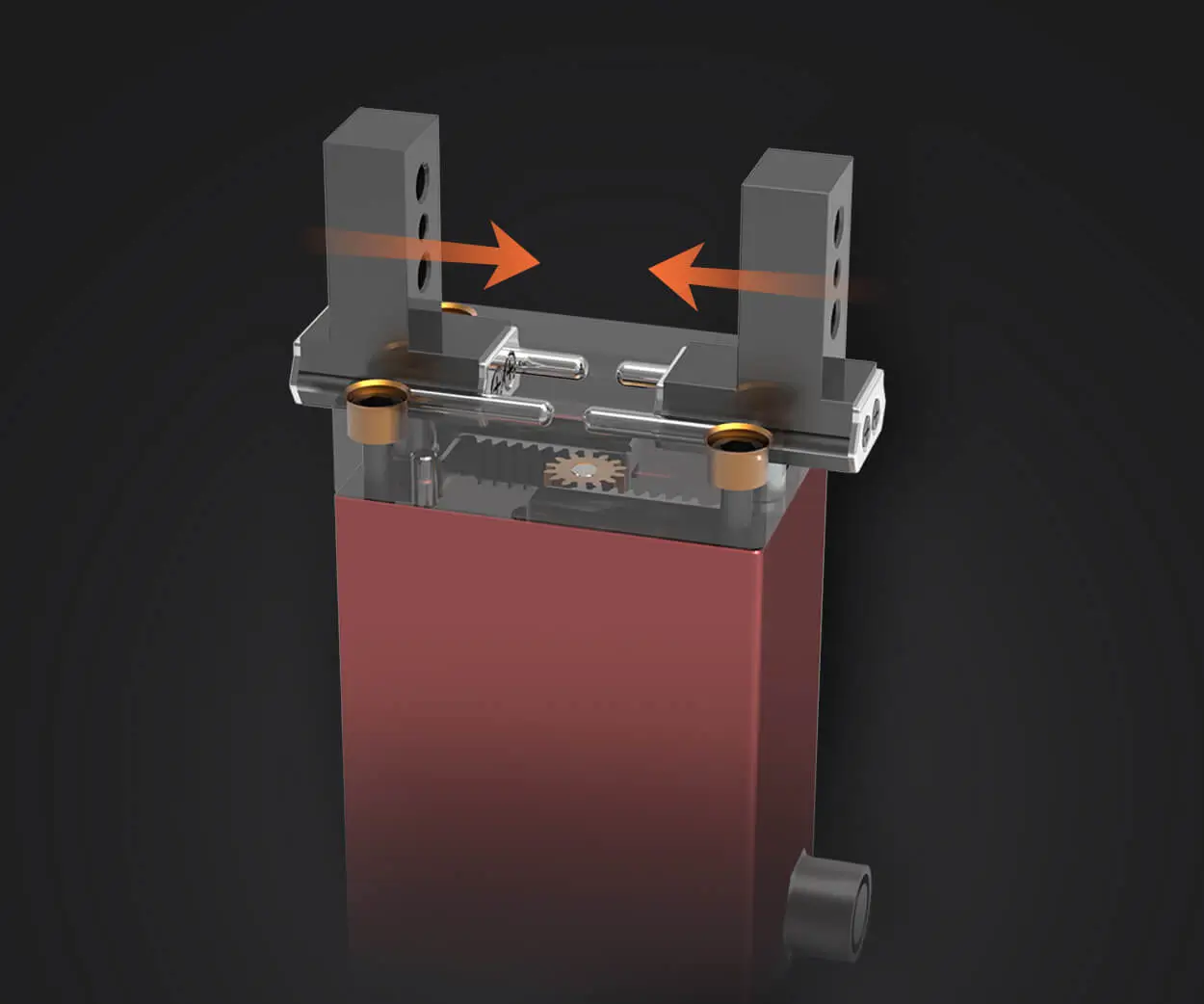Ever wondered what the kv rating on a brushless motor really means? It’s one of those numbers that pops up all the time when you’re looking into motors for your RC projects, drones, or other hobby stuff. But honestly, it’s often misunderstood or just glanced over without much thought. Let’s break it down and see what’s really going on behind the scenes.

First things first, kv stands for “kv”—nothing fancy, just a speed rating. It tells you how many RPM (revolutions per minute) a motor will spin per volt with no load attached. Simple as that. So, if you see a motor with a kv of 3000, it’s theoretically spinning at 3000 RPM for each volt you feed into it. That’s a big deal when you’re setting up your RC car or drone because it directly influences how fast that machine can go.
But here’s where the details get interesting. People tend to think that a higher kv means more power, right? Not necessarily. It’s more about how fast the motor can spin, not how hard it pulls. A high kv motor is like a racehorse—bright and fast, but maybe not great at pulling heavy loads. A lower kv motor is more of a workhorse, providing more torque and handling heavier loads better, but it doesn’t go as fast.
Now, why does kv really matter? Suppose you want your drone to zoom through the air, swiftly weaving between trees—then go for a higher kv motor. But if you’re planning to build a heavy-duty RC boat that needs torque to push through water, a lower kv motor might be smarter. It’s about matching the motor’s personality to the job.
And here’s a nugget: kv isn’t just a number. It should be considered alongside other specs, like the motor’s size, weight, and the battery voltage you plan to run it on. For example, a 3000kv motor designed for 3S batteries (11.1V) can spin at around 33,300 RPM. But if you throw in a 4S setup, that RPM jumps—potentially causing overheating or destroying parts if not properly managed.
Some folks ask, “Can I change the kv by rewinding the motor?” Good question. Not really. The kv is set by its winding and magnet structure. Rewinding can alter it, but it’s a complex process usually best left to experts—definitely not a DIY weekend project unless you’re pretty deep into the hobby.
What’s the takeaway? Think about what you need—speed, torque, or a mix of both—and pick your kv accordingly. Remember, a really high kv isn’t always better; sometimes, slower with more torque can give you the edge in control and endurance.
How does a company like ours approach this? It’s simple—getting the right motor to match the application is about understanding these specs inside out. We help fine-tune your choices, ask the right questions, and ensure you get something that performs exactly how you envision. Because at the end of the day, it’s not just about the specs—it’s about what works for your project, your style, and your goals.
In the end, knowing what that kv number means isn’t just trivia; it’s the key to unlocking your machine’s full potential. Managing that RPM with your voltage and load makes all the difference in achieving the perfect balance of speed and power. And that’s where real control starts.
Leveraging innovations in modular drive technology, Kpower integrates high-performance motors, precision reducers, and multi-protocol control systems to provide efficient and customized smart drive system solutions.




































